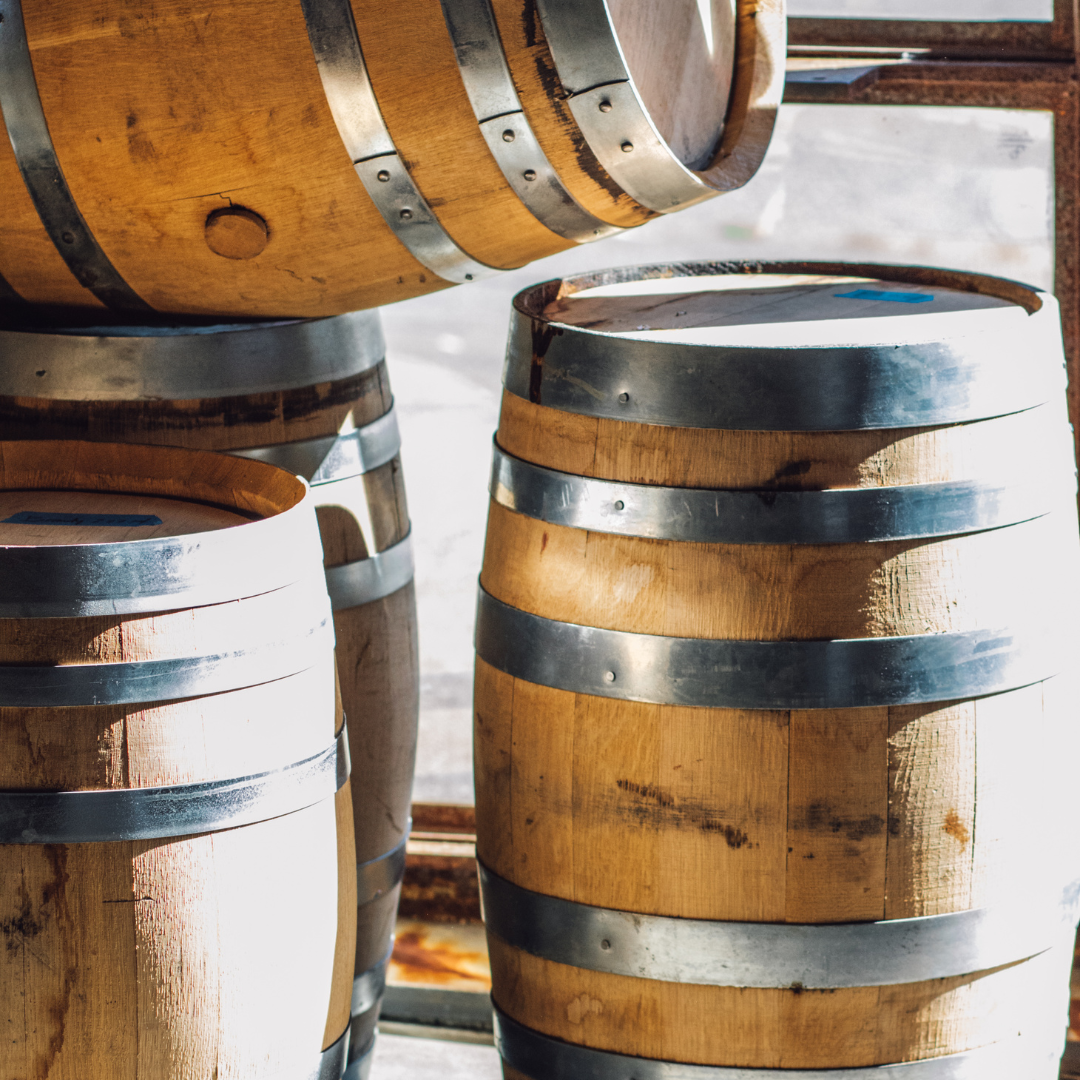Whiskey Distillation Simplified

Whiskey, enjoyed by countless millions around the world, undergoes a fascinating transformation before reaching your glass. Distillation plays a crucial role in this process, concentrating the alcohol and creating the spirit’s unique character. Let’s dive into the steps that turn a simple grain into the complex beverage we know and love. Please note that this is a very complex process, and this explanation is simplified for a quick understanding of the basics.
1. Mashing
You begin with the grains. Corn, Wheat, or Rye are typically used. The sugars must be removed from these grains before fermentation. The grains are ground up and put in a large vat of hot water. Malted Barley is utilized to assist in converting these grain starches into sugars. This mixture is constantly agitated to create a thick soup. Once strained, the resulting mixture, known as the wort, is ready for the next stage of fermentation.
2. Fermentation
Simply put, this is where the sugars are converted to alcohol. The mash is sent to a washback vat where yeast is added. The yeast multiplies and eats the sugars in this liquid and converts them to alcohol. Each distiller has their own proprietary yeast strain that affects the taste of the final product. This process usually lasts 2-3 days. What remains is called ‘Distillers Beer’ or ‘wash.’ At this point, the liquid is usually anywhere from 10-20% alcohol.
3. Distillation
Now we enter the stage where the alcohol level is increased. The wash is placed in a still and heated. There are two types of stills-Pot Stills and Column Stills. Both have attributes that can create a different product. For the sake of simplification, I’ll go into the difference in a later blog.
Alcohol has a lower boiling point than water. Therefore, the alcohol vapors rise off the liquid and travel thru a series of condensers where the steam/liquid is collected. Some whiskeys are double of triple distilled, dependent upon the process and type of still utilized.
4. Maturation
We’ve previously discussed the importance that barrels play. 100% of a whiskey’s color and 70-80% of its taste comes from the barrel. The final distillate is filled in a new, charred oak barrel and sealed. The barrel will be placed in a rickhouse and begin its maturation process. The length, location, and temperature where it is stored will have a huge influence on how the final product will taste. Some whiskeys are stored for 20 years or more. I tend to gravitate towards 8–12-year-old products.
5. Bottling
Bottles are filled. Labels are attached and sent to the distillery’s contracted distributor. Here, the bottles are dispersed throughout the country, and world, to retail for purchase.
While the basic principles of distillation remain constant, the magic lies in the details. Different types of grains, yeast strains, still shapes, and barrel types all contribute to the vast spectrum of whiskey flavors we enjoy today. From smoky malts to smooth Kentucky bourbons, each whiskey tells a story shaped by the hands of the distiller and the alchemy of distillation.
So, the next time you raise a glass of whiskey, take a moment to appreciate the intricate journey it has taken. From humble grains to a spirit that warms the soul, the magic of distillation is truly a wonder to behold.

Leave a Reply
Become an insider and receive weekly advice, tips, and insight on all things whiskey
.
Weekly tips, reviews and recommendations to help you enjoy whiskey life to the fullest.
JOIN THE LIST
Sippin' With Jordan Davis
sippin' with the stars
Million Dollar Cowboy Bar WY
old fashioned aF
5 Steps To Sip and Savor Whiskey
whiskey 101
COMMENTS